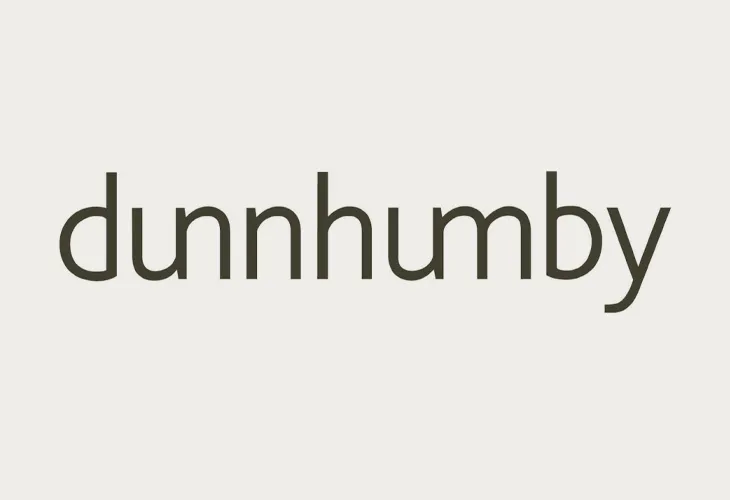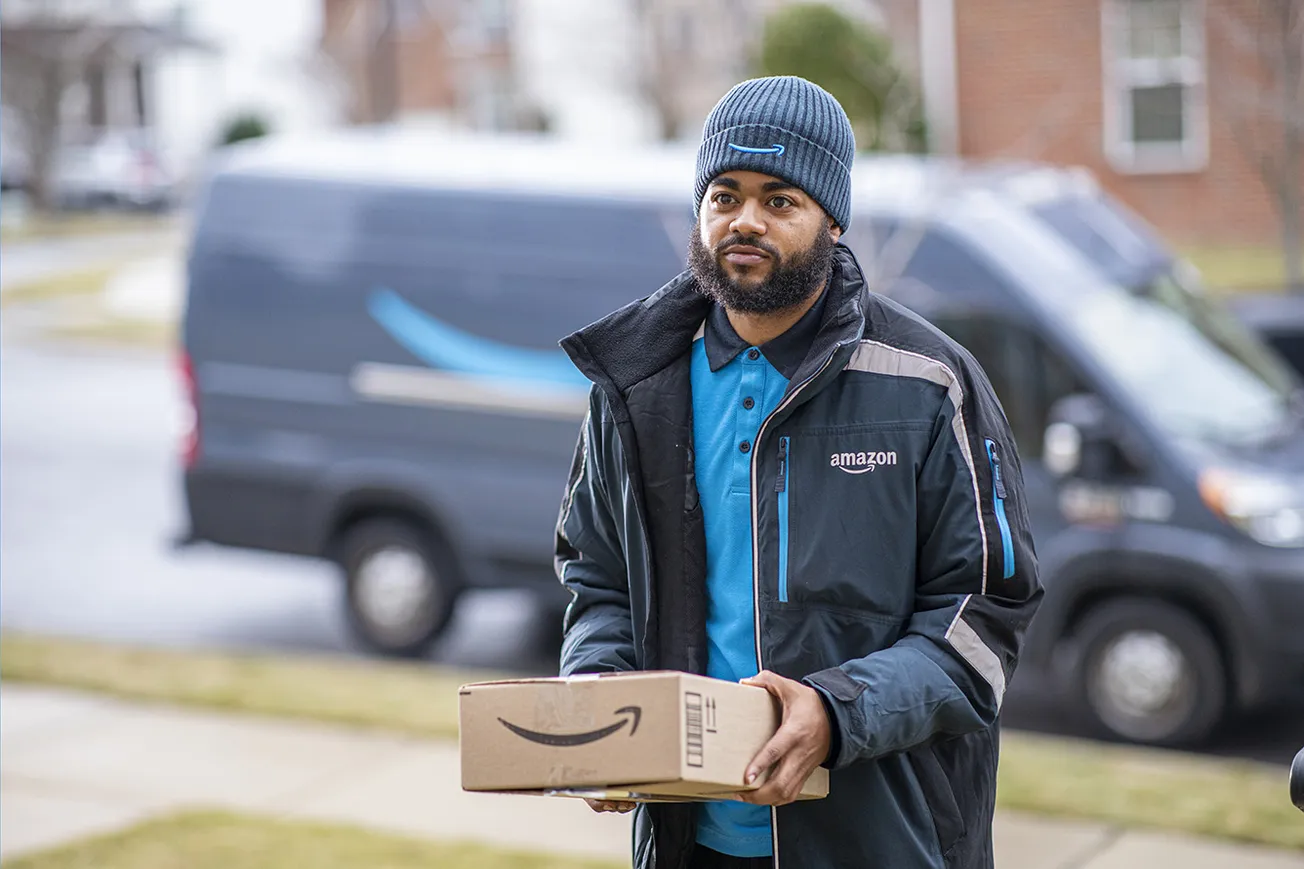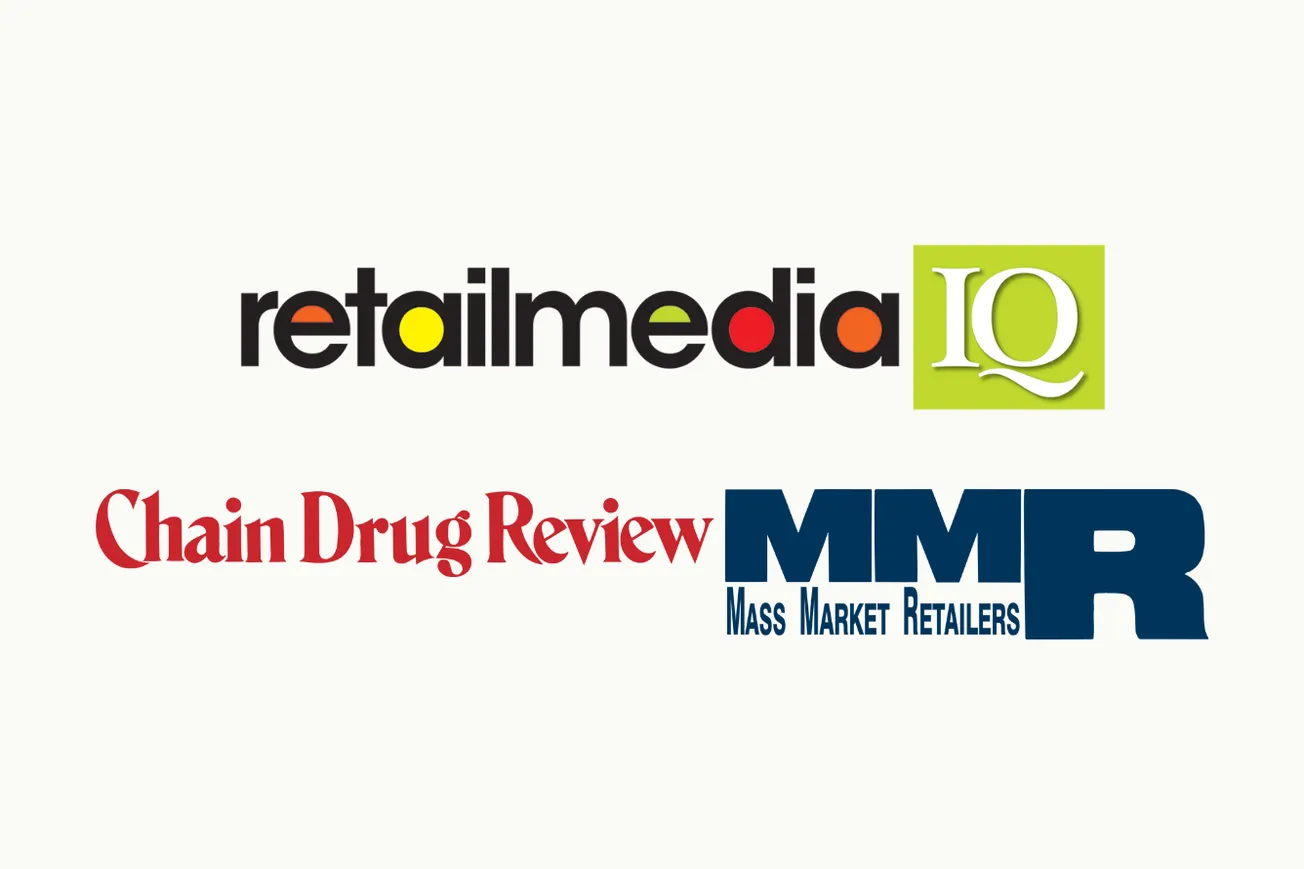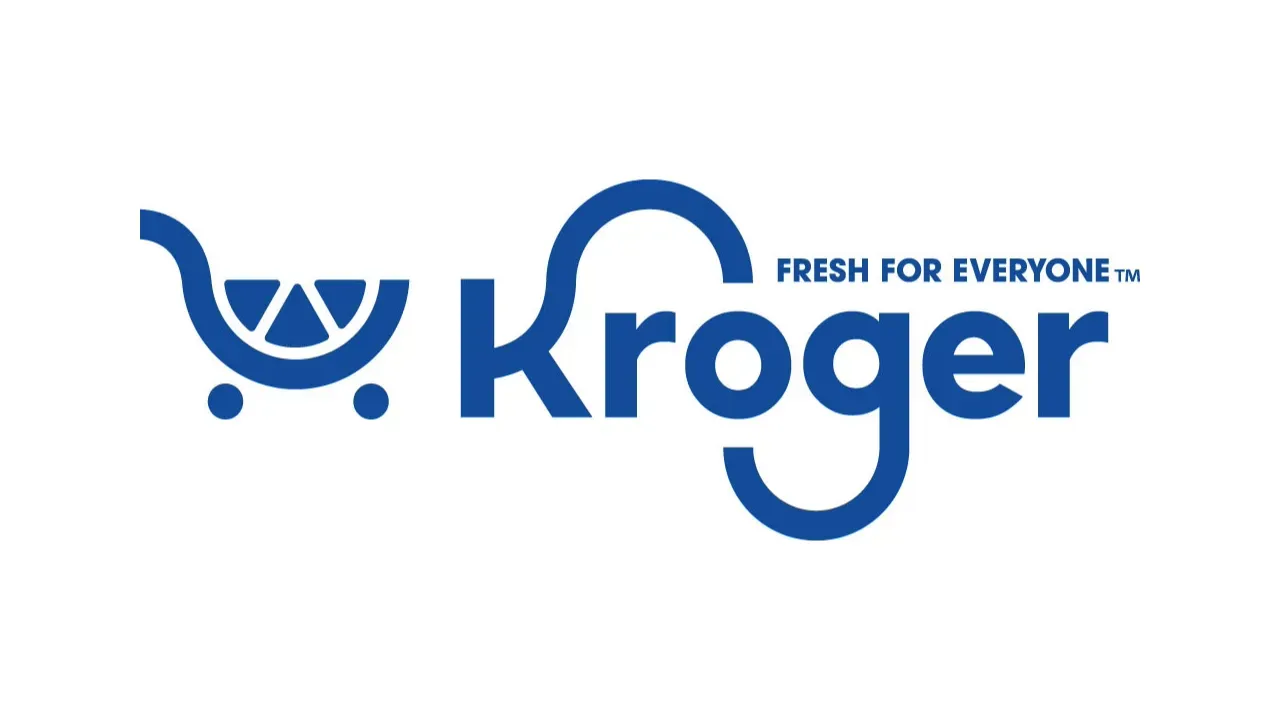CHICAGO — U.S. consumers are now more worried about rising food prices, the economy, and their own personal finances than they are about getting COVID, according to the latest study from the customer data science company dunnhumby. And consumers perceive food inflation as being much higher than it actually is.
American consumers surveyed for the ninth wave of the dunnhumby Consumer Pulse Survey reported that the food inflation rate now stands at 17.7%, when in actuality it stands at 7.4% according to U.S. Bureau of Labor Statistics. This latest wave survey was conducted from January 25 to February 8, just past the peak of a major outbreak of Coronavirus, driven by the Omicron variant.
“Americans’ belief that food prices are rising more than twice as fast as they actually are should concern retailers, manufacturers and the government alike,” said Grant Steadman, President for North America at dunnhumby. “We not only see this mismatch between sentiment and reality in the U.S., but also in every country we surveyed. Consumers are now more concerned with their finances and the country’s economy than they were five months ago. We need to revise our thinking about how consumers consider inflation. Likely, we have not yet seen the full extent of how consumers will react to food price increases. This could diverge further, particularly if the security situation in Europe worsens and further impacts energy and commodity prices globally.”
Key findings from the study:
- Fifty-one percent of U.S. shoppers surveyed are concerned that their money doesn’t go as far as it used to due to rising prices, marking a 10 point increase since September 2021, and a 12 percent increase since May 2020. Eighty-three percent said food prices have gone up some and half say they have gone up by a lot.
- The majority of U.S. consumers (58%) believe the economy is weak, a three-point increase from September 2021, and the same percentage from February 2021. And 40% of consumers continue to report their own finances are weak, consistent with the prior two waves of the dunnhumby study in 2021.
- Walmart was again cited for providing the best value for the money by 54% of respondents, an increase of 25 points from September 2021. Aldi (18%), Kroger (10%), and Amazon (10%) finished in the top three for best value.
- Americans’ worry about the pandemic is at an all-time low (13%) and 20 points below consumers’ worry in Chile, the country with the highest Worry Index. The continued reduction in worry comes at the same time as more Americans than ever now know someone personally who has had COVID, at 44% compared to 37% in September. The U.S. remains in the lower half of countries that are not very worried about COVID-19, followed closely by Slovakia, Denmark, France, and China all tied at 11%. Countries that remain very worried about the pandemic include Chile (33%), Japan (31%), Brazil (29%), Portugal (27%), Malaysia (27%) and Mexico (25%).
- The surge in cases from the Omicron variant slightly reduced the number of trips consumers made to stores in late January through early February and reversed consumers’ belief from September 2021 that things were starting to return to normal. Only 19% of consumers reported that things were returning to normal in stores compared to 24% in September.
- While online shopping numbers have varied from wave to wave, they are essentially flat from where they were in May 2020. Thirty-three percent of U.S. respondents have ordered more online since Covid-19 began. Fifty-five percent of respondents made at least one online shopping trip during the week they were surveyed, up 17% since March 2020. Consumers also reported they make an average of one trip per week using click-and-collect making that channel as popular as delivery.
- Only 39% of U.S. consumers surveyed are satisfied with the instore shopping experience, a 3% drop since September 2021. Only 36% of those surveyed felt stores are doing a good job with COVID. Although consumers’ satisfaction with how stores are addressing the virus is low, it is nearly triple the approval rate U.S. consumers have for how government has dealt with the pandemic (22%). In every country surveyed, consumers felt stores are doing a better job than the government.
- Although economic pressures have increased over the last five months, the percentage of respondents using key value-seeking strategies has remained flat (53% of respondents compared to 52% in September 2021). Value seekers see inflation rates as even higher (18.4%) than those not actively seeking value (16.9%).










